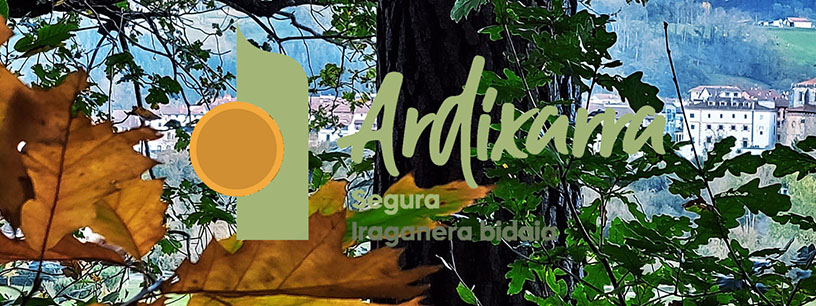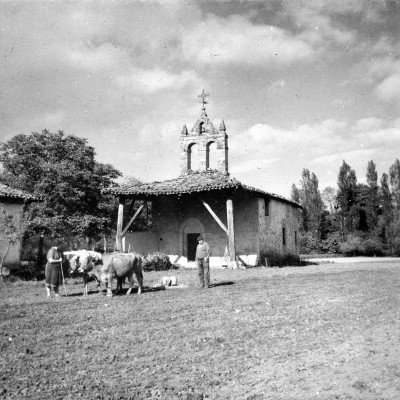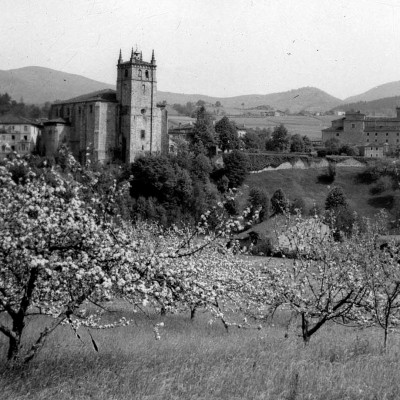History
The order to build the town of Segura in its current location was given by King Alfonso X of Castile in the 13th century following a strategic defence plan.
Back then, Gipuzkoa went from being under the control of the Kingdom of Navarre to being a dependency of Castile. They were times of struggle, and the purpose of the town was to protect the Camino Real de San Adrián on the border with Navarre. The route crossed Gipuzkoa from south to north up to the coast, making our town one of the most commercial and important towns in the 15th and 16th centuries.
The oval-shaped historic old town has been declared a historic - artistic building complex, and its civil and religious architecture has a medieval charm.
THE OLD QUARTER
The fact that Segura was built with the intention to be a defensive town brought clear consequences in its architecture. One of the main characteristics was the wall that surrounded the entire town, giving it an almond or triangle shape.
The wall had two gates that were used to enter and exit the town. There were five gates in total: the high, or Castile, gate, the lower gate, the Navarre gate, the small gate and the Zerain gate. Three of the gates have been conserved.
Originally, the plots inside the walls where houses were built were divided into similar sizes, with a width of eight metres and a depth depending on the shape of the land. One family lived on each plot.
As time went by, because of social gradation, demographic pressure and damage caused by fires the division of the plots changed. The nobles built palaces (occupying adjacent plots), and the common people had to make their homes on smaller plots.
All that history can be seen in our old town, which was declared a monumental complex in 1996, where visitors will find houses of artisans and farmers next to noble palaces.


 I. Ojanguren CC By-Sa
I. Ojanguren CC By-Sa
 I. Ojanguren CC By-Sa
I. Ojanguren CC By-Sa
